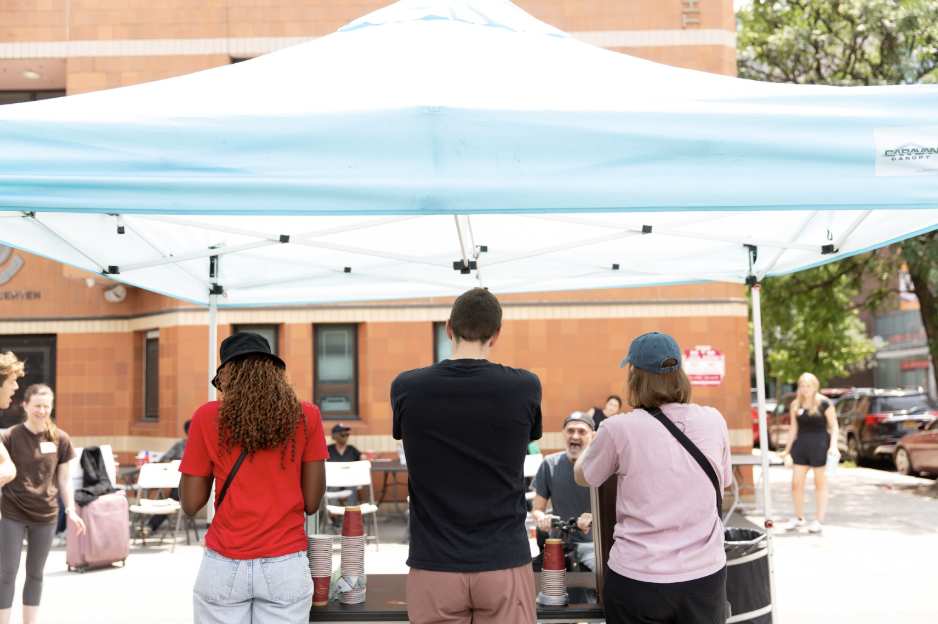After the Spotlight Fades: Why Disaster Recovery Is Hardest for Those Without Homes
Flash floods recently swept through parts of New Jersey and New York, and in Texas, catastrophic waters have tragically claimed at least 134 lives, with more than 100 people still missing in the Hill Country. These events make headlines for a moment, but once the cameras leave, the real challenge begins.
In the immediate aftermath, help comes quickly through donations, volunteers, and emergency crews. But that wave of support rarely lasts. And as the spotlight dims, the most vulnerable, especially those without stable housing, are left to navigate a recovery system that was never designed with them in mind.
Relief programs often require documentation, proof of address, or internet access. For our unhoused neighbors, these are huge roadblocks. And when emergency funding dries up, they're left to face long-term hardship in near-total invisibility.
At City Relief, we see this every day. Our partnership with The Salvation Army's Disaster Services in NYC has taught us that the challenges people face after a disaster mirror the daily struggles of homelessness: the fight for food, shelter, dignity, and hope. As my friend Richard Vernon puts it, "Homelessness is a slow-moving disaster."
So, after the cameras leave and the urgency fades, what can we do to keep people from being left behind?
Here are three ways to respond with staying power:
Support Your Local Community
Long term recovery doesn't just happen through government interventions or large organizations; it happens through everyday choices. If a natural disaster hits your area, spend money at local businesses, tip generously when you can, and support community-run initiatives that keep neighborhoods resilient. Your support helps keep people employed and connected to their community.
Offer Your Time & Presence
You don't need special skills to make a difference. Volunteer at shelters, food pantries, or cleanup crews. Drive someone to an appointment, help fill out paperwork, or simply show up to listen. Recovery is about restoring dignity and connection, one neighbor at a time.
Give to organizations that are in it for the long haul
Emergency response is just the beginning. True recovery is long-term. That's why it's so valuable to support nonprofits and community groups that remain on the ground offering ongoing care, resources, and relationships long after the initial crisis has passed.
Disasters may strike in a flash, but recovery takes time. Let's be the kind of people who show up when it’s needed most.
With Gratitude,
Josiah Haken
City Relief, CEO

